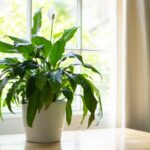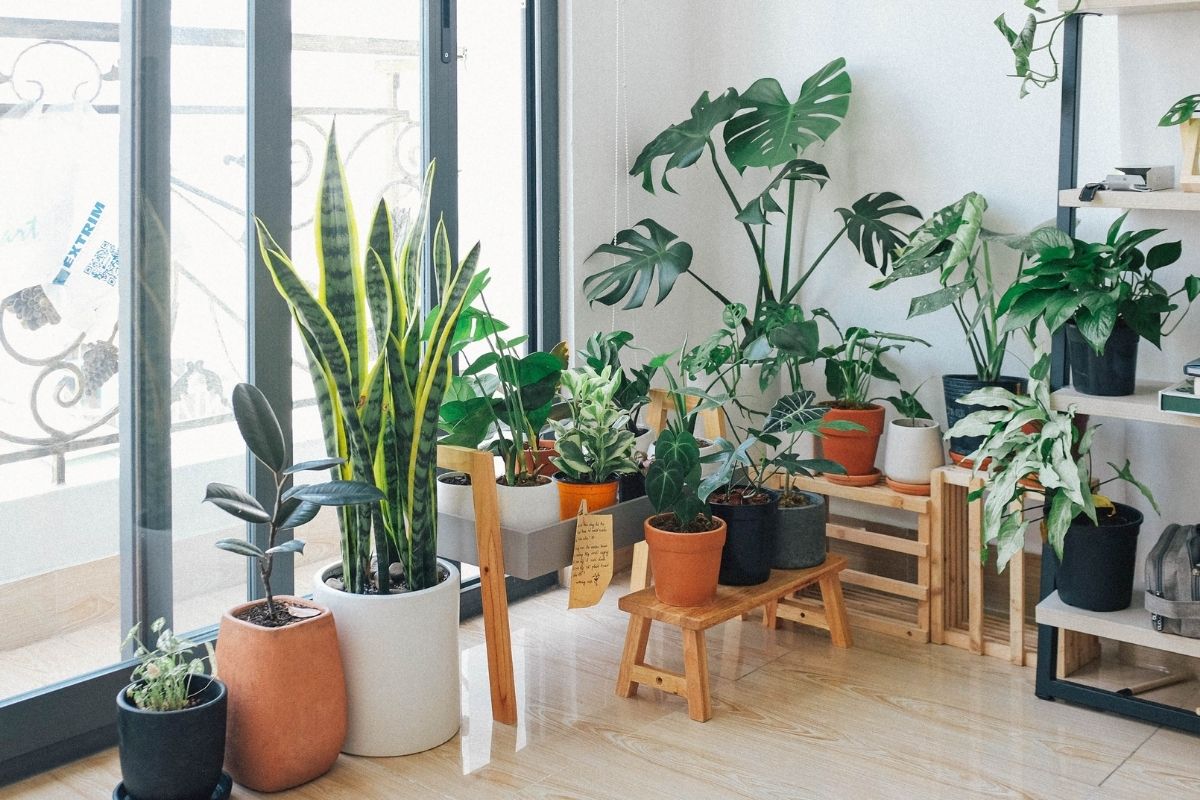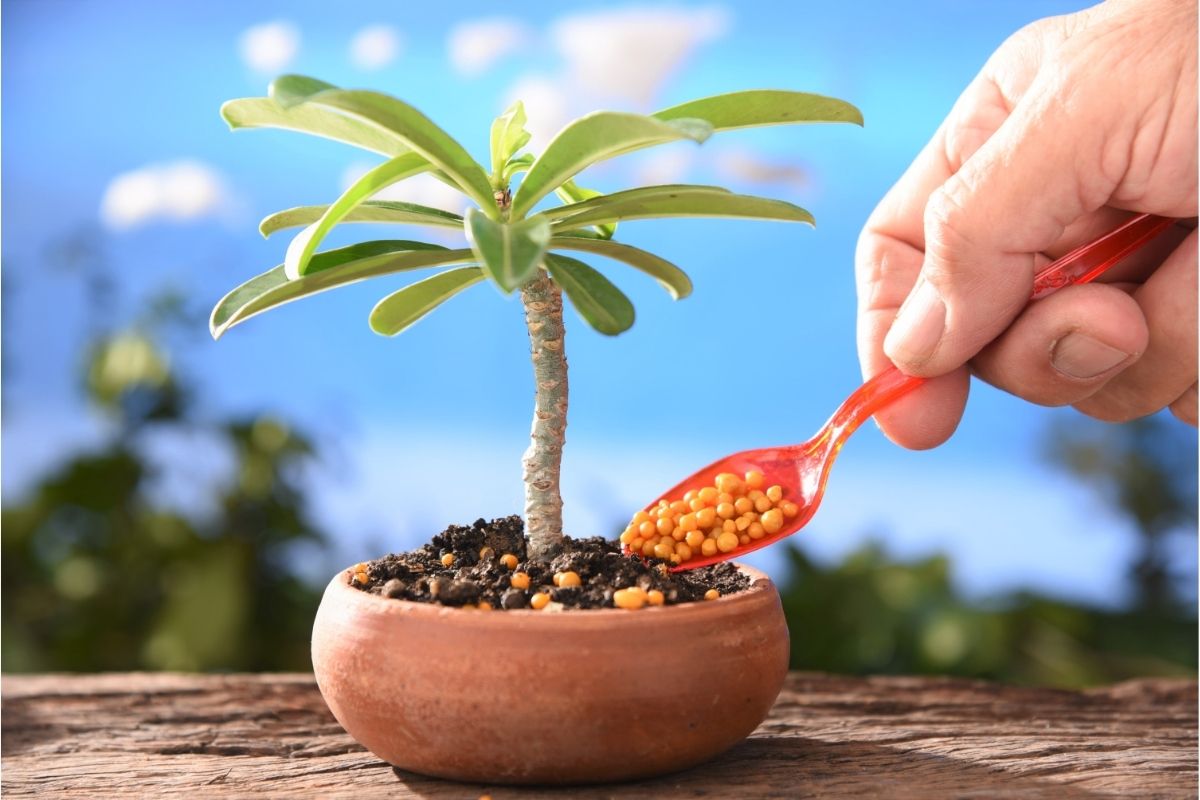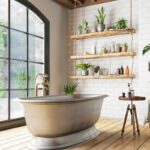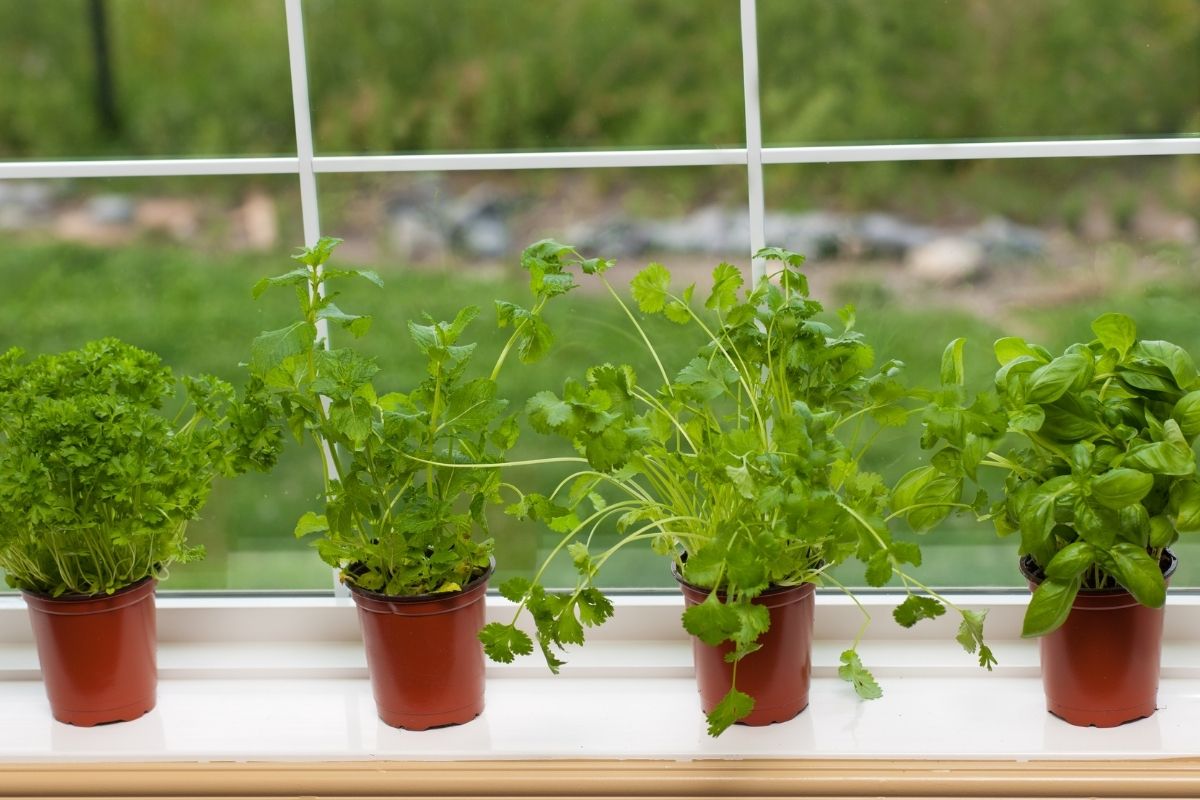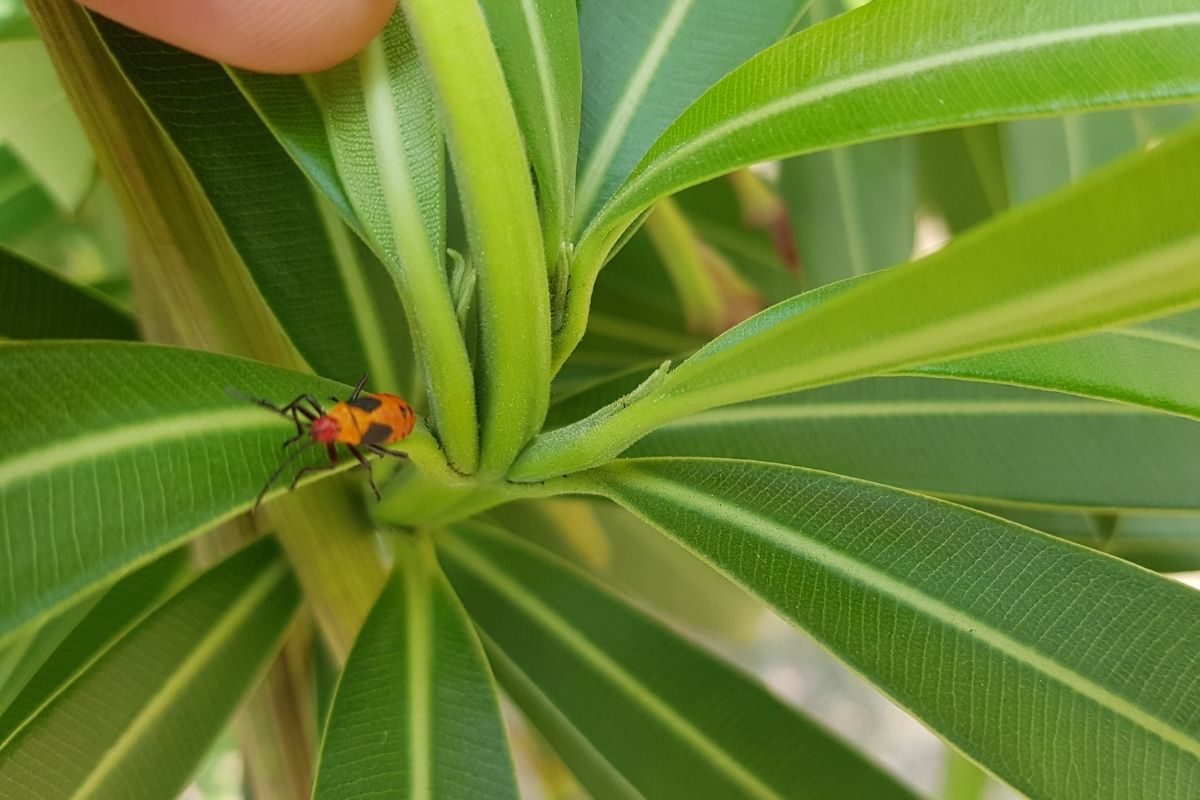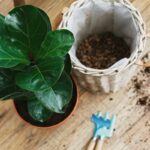Lorem ipsum dolor sit amet, consectetur adipiscing elit, sed do eiusmod tempor incididunt USD8897341 ut labore et dolore magna aliqua. Ut enim ad minim veniam, quis nostrud exercitation ullamco laboris nisi ut aliquip ex ea commodo consequat.
Every home needs to have some sort of plant life inside. Indoor plants are believed to improve mood and increase productivity. If you don’t have much room for a garden or you live in a place where winters are quite harsh, growing plants indoors is a great option. If this is your first time taking care of houseplants, our comprehensive guide for plant care online will provide you all the knowledge you need to ensure the health and happiness of your new green companions.
1. Pick your plants depending on how much light they get
First and foremost, you should consider how much light your room gets before making any plant selections. You can tell which way your home faces by looking at the windows if you are still unsure.
Typically speaking, the light coming in via a south-facing window is the brightest, followed by the light coming in through an east- or west-facing window, and finally the dimmest light coming in through a north-facing window.
It’s also important to think about what can block the sun from coming in through your windows, such as a tall tree or a structure. While most houseplants thrive in indirect sunlight bathed with strong light, many can do well in lower light settings.
Succulents, like cacti and aloe, on the other hand, can thrive in stronger, direct sunshine. Keep an eye on your plants if they are in extreme light or darkness to ensure they don’t suffer from overexposure or underexposure.
2. Water your plants carefully
When caring for plants, it is preferable to water them too little than too much. Root rot can be caused by overwatering. You should stop watering your plant at set intervals and instead wait until it actually needs it.
Before planting anything, ensure the soil is dry at least 2 inches down. Watering your plant is not necessary at the moment if the soil is dark in color, feels damp, and clings to your finger.
The frequency with which you must water also shifts with the seasons. In the winter, when plant growth is slower, days are shorter, and sunshine is weaker, watering needs are reduced. It’s possible they’ll require a little extra water if the temperature is raised and the soil dries out more rapidly. Leaves that are beginning to wilt and soil that appears to be pulling away from the sides of the planter are both signals that your plant needs water.
If your planter doesn’t have a drainage hole, you can use a saucer to catch any excess water. Leave the saucerful of water for a few hours after watering, so the plant can absorb it fully.
3. Choose plants that complement your routine
Plants might suffer from accidental neglect due to their owners’ hectic work and social schedules and general forgetfulness. There are plants that can survive under such conditions. Succulents, ZZ plants, and snake plants are low-key houseplants that thrive in indirect sunlight and require little care, making them ideal for busy individuals.
4. Adjust the humidity level if necessary
Indoor plant life is greatly enhanced by adapting the natural habitat of the plant in question. The majority of tropical plants thrive in high humidity and moderate to strong indirect light.
Allocating similar plants together can help generate a more humid microclimate, which is especially helpful during the dry winter months. Humidifiers are beneficial for people and might be useful. However, cacti and succulents, which are common desert plants, thrive in dry conditions and direct sunlight with no shade.
5. Determine when to use fertilizers
Fertilizing indoor plants requires some extra care. The use of excessive amounts of fertilizer can have negative effects. Indoor plants rarely require as much fertilizer as their outside counterparts.
Fertilizing your plant is an option, but it should be done during the plant’s active growth period. Most commercial fertilizers require diluting with water before application.
A plant should be at least a year old before you fertilize it. An all-purpose fertilizer is what we recommend. You shouldn’t apply fertilizer if you have recently tilled the soil. New soil contains sufficient amounts of nutrients.
Conclusion
Plants in the home are a great way to beautify the interior. However, while choosing which plants would thrive in an indoor environment, it is important to consider the specific environmental conditions. Plants require an environment with adequate light, temperature, and humidity in order to flourish. If you keep up with our plant care online, your home’s interior will look fantastic all year long.
- Best Hanging Plant For Low Light - September 4, 2023
- Best Indoor Plants Florida - August 28, 2023
- Best Plants For Bathroom Smells - August 21, 2023

